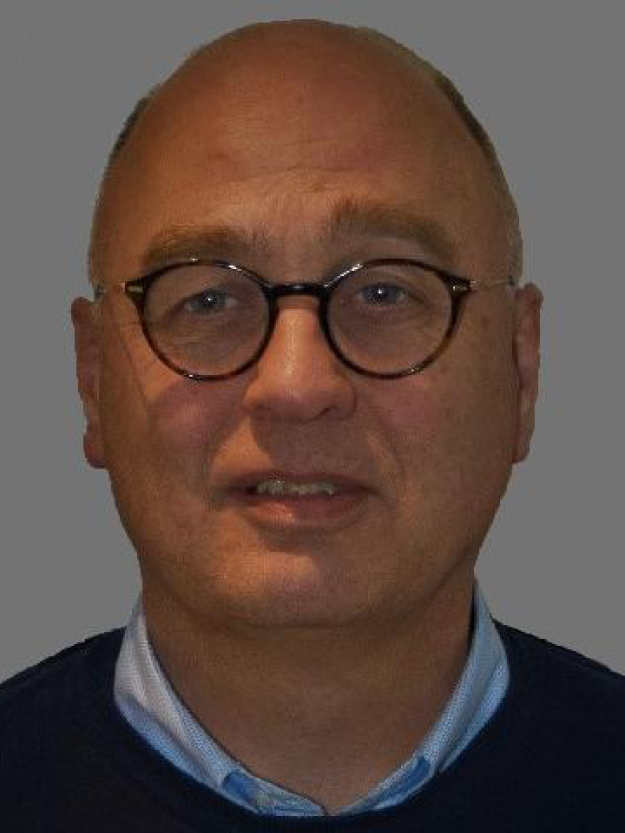Originally published by Pipeline Technology Journal, September 2021.*
Which models or methodologies for data management are best suited for pipeline asset management?
Jan Traas:
For Asset Management, the key is to have access to all relevant asset data. This includes design and construction data, maintenance and inspection data, incident data, data on the surroundings (soil data, population data, use of land, etc.). Data availability, quality, and structure are important to make assessments to help in the proper management of the asset. Following this, the company should pick a model that works best for them and the data they have available on the assets.
Troy Weyant:
For data management, there are several methodologies suited for asset management and of those, some utilize data models and documented standards to store, maintain and share asset data. Many medium and large operators choose to use GIS as the system of record for assets. If the assets are gas or liquids transmission, then the PODS data model is a widely accepted standard and very attribute rich and managed with a large user group and steering committee. If the company operates distribution and transmission assets, then the ESRI UPDM model could be considered for its support of all asset types from the wellhead to the meter is well maintained annually.
Also, consider that Enterprise Asset Management and risk programs will consider a broader asset portfolio together in a corporate integrity management strategy. These assets should be managed together and integrated with the integrity management and work management systems with one maintenance strategy for consistency in analysis, quality, and integration.
From a Quality Management System perspective what is the best to follow: ISO 9001 series or API 1163/ Spec Q2?
Jan Traas:
The ISO 9001 is a more generic standard for quality management systems and API 1163 is specific for In-Line Inspection. The two standards have different use cases and we recommend companies make a choice depending on their requirements.
What is the best way to keep ageing assets safe and reliable, in a way integrity is managed as financially forecasted for a period of approx. 30 years?
Jan Traas:
It is good practice to have a Strategic Asset Management Plan (SAMP) in place for the company. The SAMP contains information on short, medium, and long-term planning. Costs can be derived from these plans; these will be more accurate for the short term as the uncertainty will increase in the longer term and new techniques and technologies will become available through the years that cannot be considered in these plans yet. Therefore, the plans need to be updated regularly to accommodate these changes. Lifecycle management needs to be considered as well for forecasts across longer periods. An asset lifecycle plan contains information from the ultimate design of the asset to the construction, operation, maintenance, and decommissioning of the asset. It will support long-term planning and help you derive the most value of the asset over the period.
Troy Weyant:
Companies should also select and adopt a Pipeline Safety Management System such as API RP 1173 for all departments to follow and practice. The goal of these is to continuously improve processes, procedures, performance, and safety culture. API 1173 prescribes a plan-do-check-act (PDCA) methodology to evaluate and address safety hazards and has 10 essential elements including risk management, records keeping, continuous improvement, and MOC. It is important to recognize the significance of proper record-keeping as many incidents have occurred due to poor or incorrect records and data used for integrity assessment and decision-making.
Asset and Risk management programs continually drive short, medium, and longer-term data improvements and data integration across departments (GIS, Integrity, Corrosion, Operations, Maintenance, ROW, etc.). To the degree that the data improves, risk and condition assessment results will become more accurate and facilitate better decision making.
Where do we start implementing ISO 55000 for asset management in our company?
Jan Traas:
For the implementation of ISO 55001 the first step in the process is a gap analysis. The gap analysis will indicate the company’s present maturity level with respect to the 9 focus areas of the ISO 55001, 1) Context and Asset Management System, 2) Leadership and organization, 3) Risk Management, 4) Asset Management strategy, objectives, and plans, 5) Resources, 6) Communications, Information, and Documentation, 7) Asset Management control, 8) Non-Conformity and 9) Management Control.
With information about the current maturity level, a roadmap can be developed for improvement and implementation to increase the maturity level where this is required to meet the standard.
How do we calculate the cost-benefit analysis of a risk management program for our pipelines?
Troy Weyant:
The costs associated with a risk management program can be calculated by aggregating the time and effort associated with the program on a per-year basis. These costs should include personnel and services charges for the people involved in the risk management program and the external service costs needed to supplement the personnel involved in the risk program.
Some of these benefits are more readily quantifiable than others. The cost-benefit analysis of Preventative and Mitigation Measures (PMM) is easily quantifiable by doing a ‘What-If’ analysis where an asset’s risk value is altered to consider ‘If’ a PMM were to be implemented ‘What’ the new risk of the asset would be. The dollar risk reduction from the PMM can then be compared with the cost of implementing the PMM to quantify the risk management program benefit when it comes to PMM considerations. In addition, Risk reduction in dollars from ongoing data improvements can be estimated on a year-to-year comparison when excluding the PMM risk reductions.
What makes a good strategic asset management plan?
Jan Traas:
A Strategic Asset Management Plan (SAMP) should contain documented information that specifies how organizational objectives are to be converted into asset management objectives, the approach for developing asset management plans, and the role of the asset management system in supporting the achievement of the asset management objectives.
The purpose is to act as an overarching description and executable plan of the way that the company develops, implements, operates, and continually improves the strategic aspects of an Asset Management System (AMS) in accordance with the ISO 55000 family of standards. In particular, it illustrates the “line of sight” from organizational plans and policies through asset management strategy, objectives to planning.
What are the benefits of implementing an Asset Management standard?
Jan Traas:
Some of the potential benefits of Asset Management are listed below. However, the type and extent of benefits that can be realized through implementing an Asset Management program are unique to each utility and community. The benefits that you achieve in your utility will depend on which aspects of the program are most important to you, where you focus your efforts, and the needs of your community.
- Better operational decisions
- Improved emergency response
- Greater ability to plan and pay for future repairs and replacements
- Increased knowledge of your assets
- Increased ability to justify needs and prioritize decisions
- More efficient operation
- Better communication with customers
- Better communication with the governing body
- Increased acceptance of rates
- Capital improvement projects that meet the true needs of the utility
The Experts
Jan Traas MBA, Principal Consultant and Project Manager, DNV
Jan has more than 30 years of expertise in development of Energy Infrastructure Energy utilisation, with focus on project management, quality control and cost control, and an overall view and expertise in upstream, midstream and downstream projects. He has been involved in the engineering and construction of gas production plants, LNG receiving Terminals, underground storage facilities, gas transmission and distribution infrastructure (pipelines and additional installations).
Has extensive international experience in reviewing and auditing operations and maintenance processes regarding the operational and maintenance of assets related to energy systems, transport and waste processing and is an expert in Asset Management excellence consultancy, HSE affairs, Risk analyses and Process Management.
Troy Weyant, Product Manager - Pipeline Product Line, DNV
Troy joined DNV in 1994 and is currently responsible for the risk & integrity management software strategy and roadmap to meet the needs of the global integrity management market. Before this role, Troy held the position of Principal Integrity Solutions Consultant responsible for the implementation of projects based upon DNV's Asset Integrity Management suite of products. He has also been responsible for the development of DNV's MAOP management solution and has served as a Synergi Pipeline technical lead for large integrity and GIS implementation projects in the US and abroad.
Find out more about Synergi Pipeline.
*To view the original article, visit Pipeline Technology Journal
